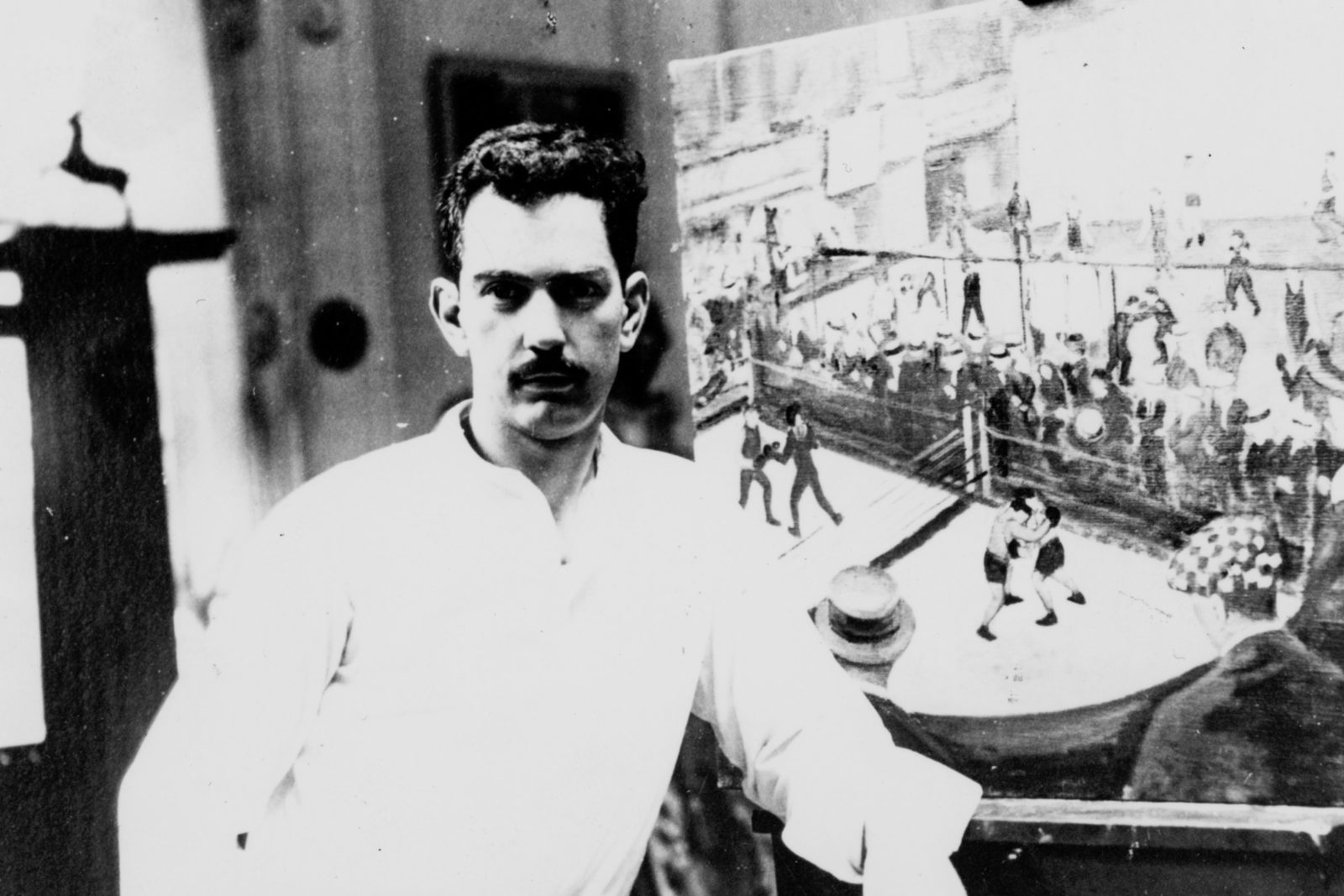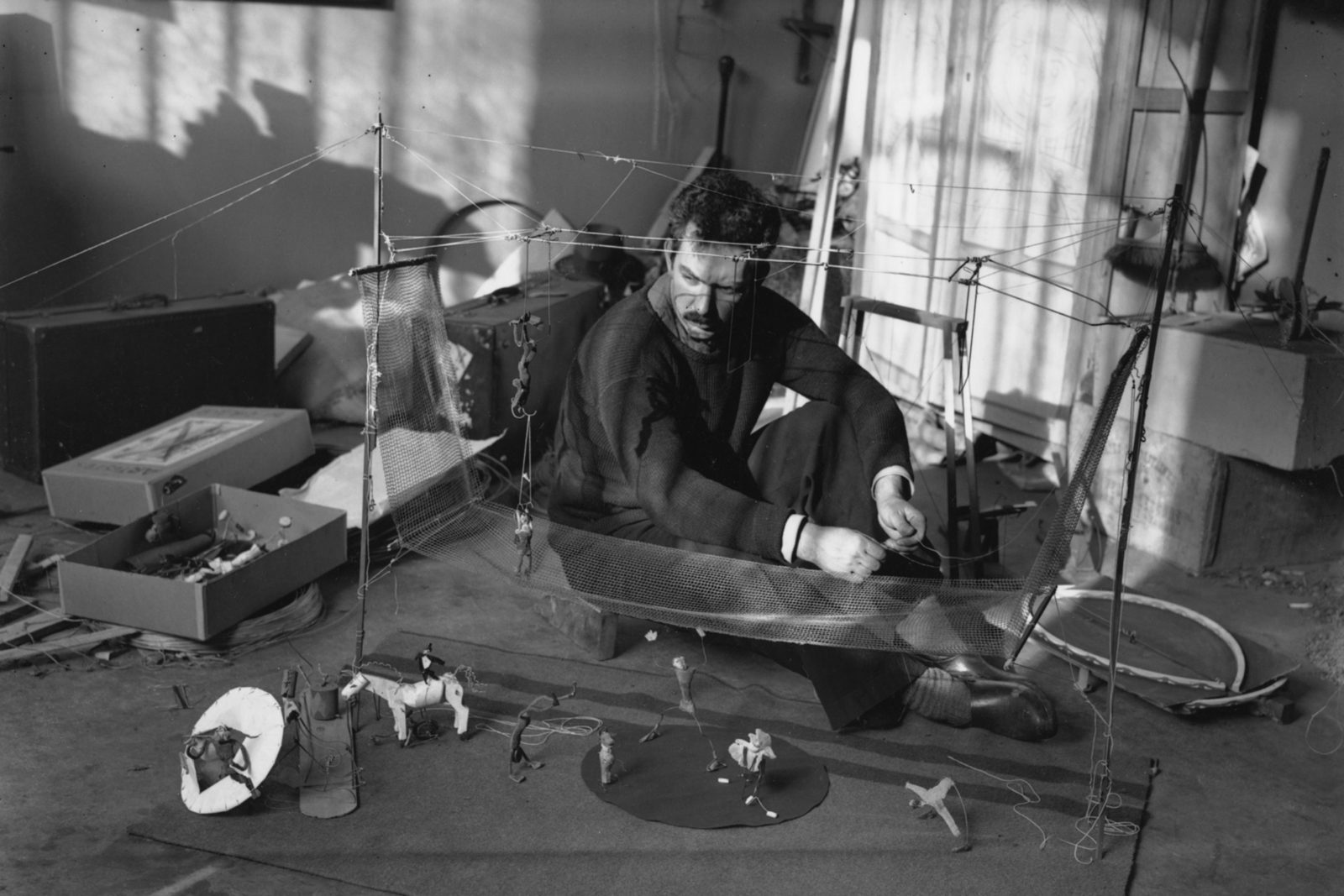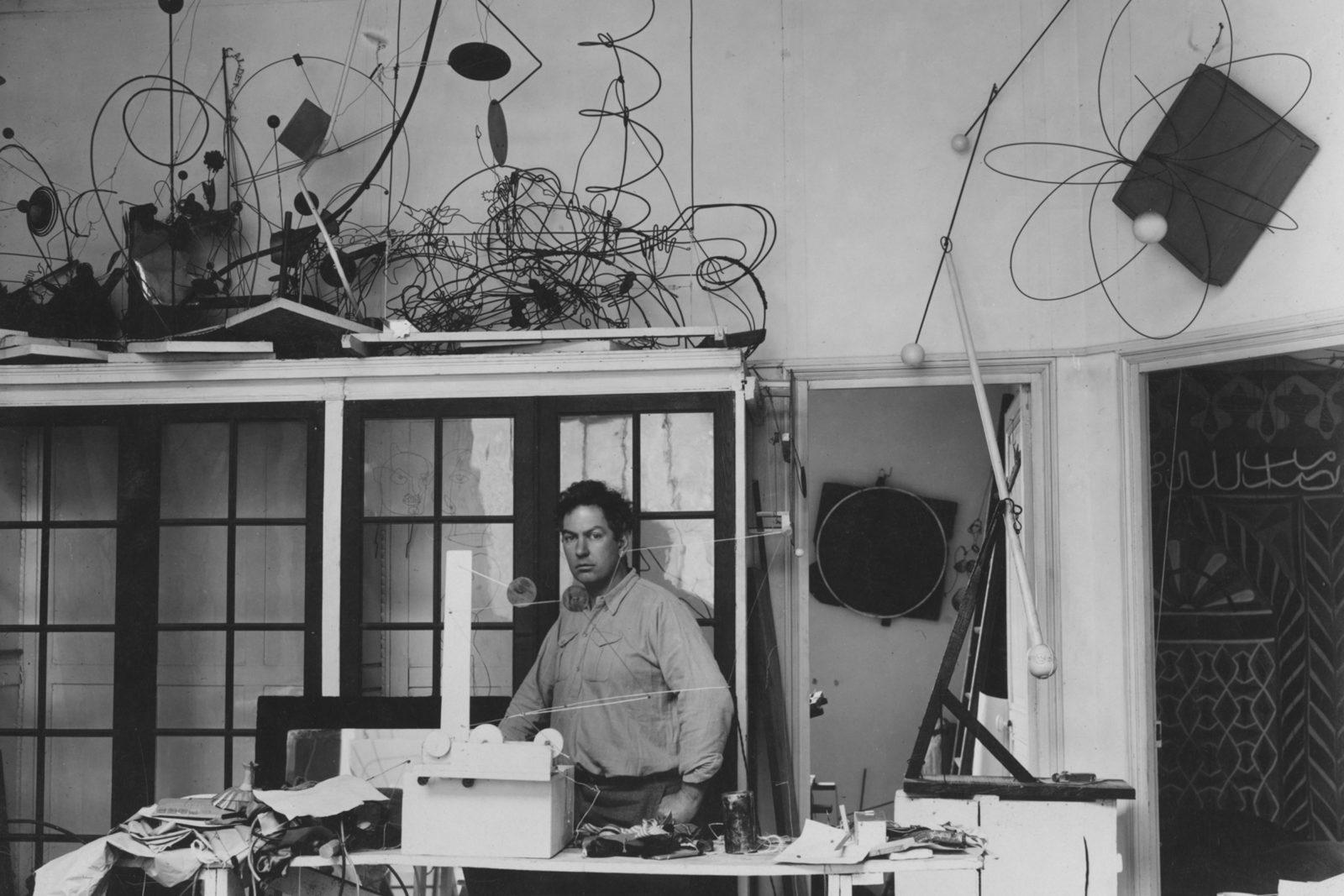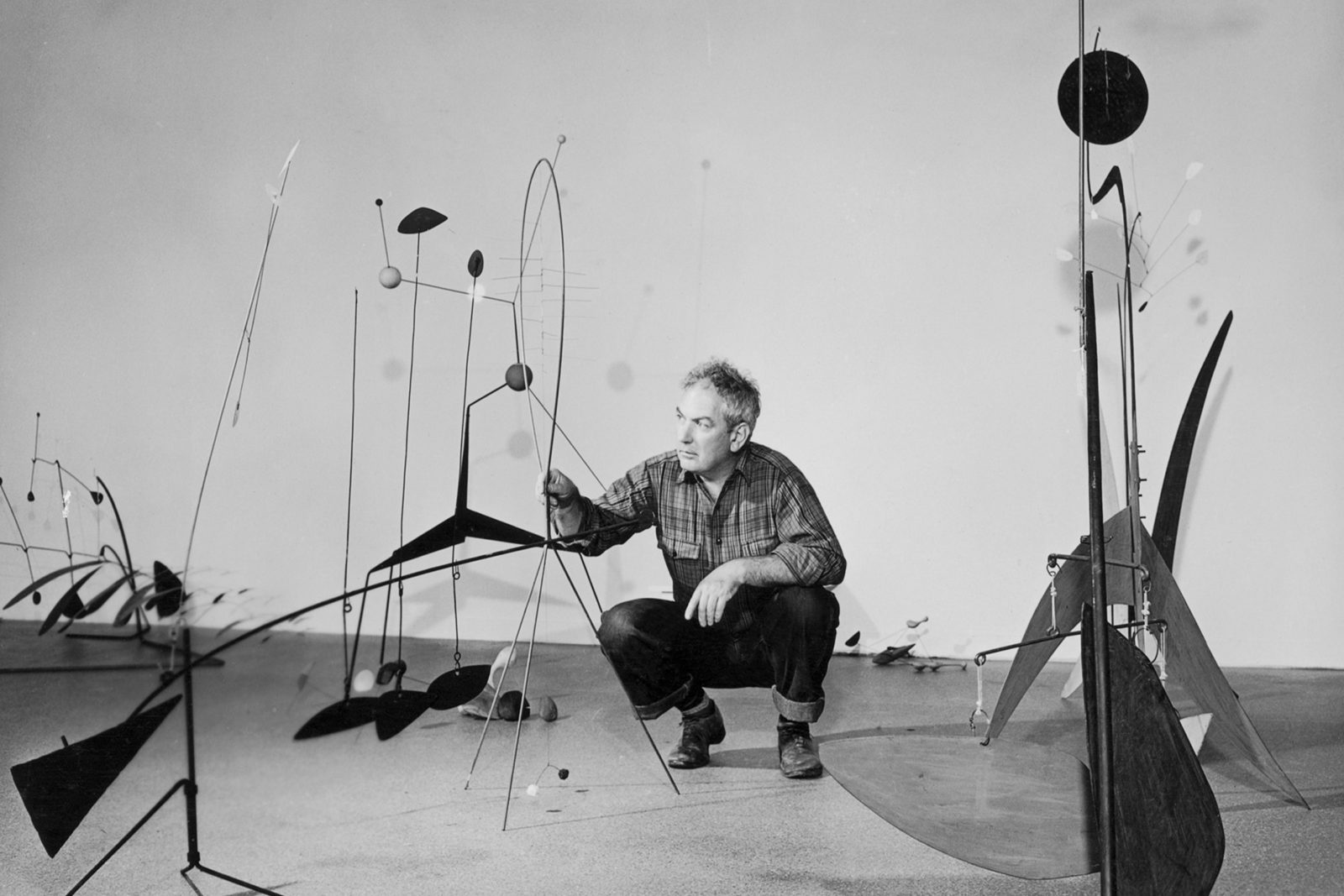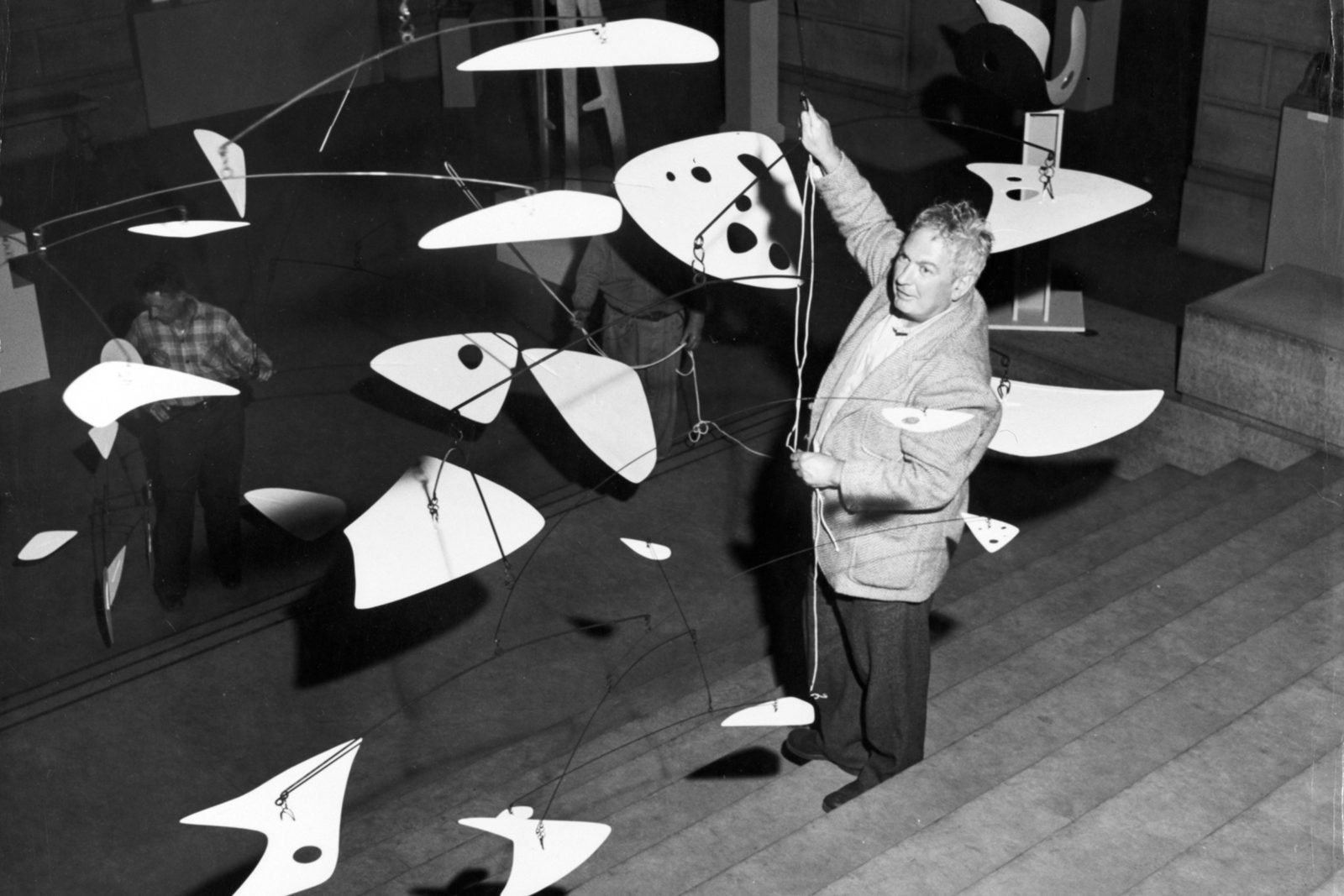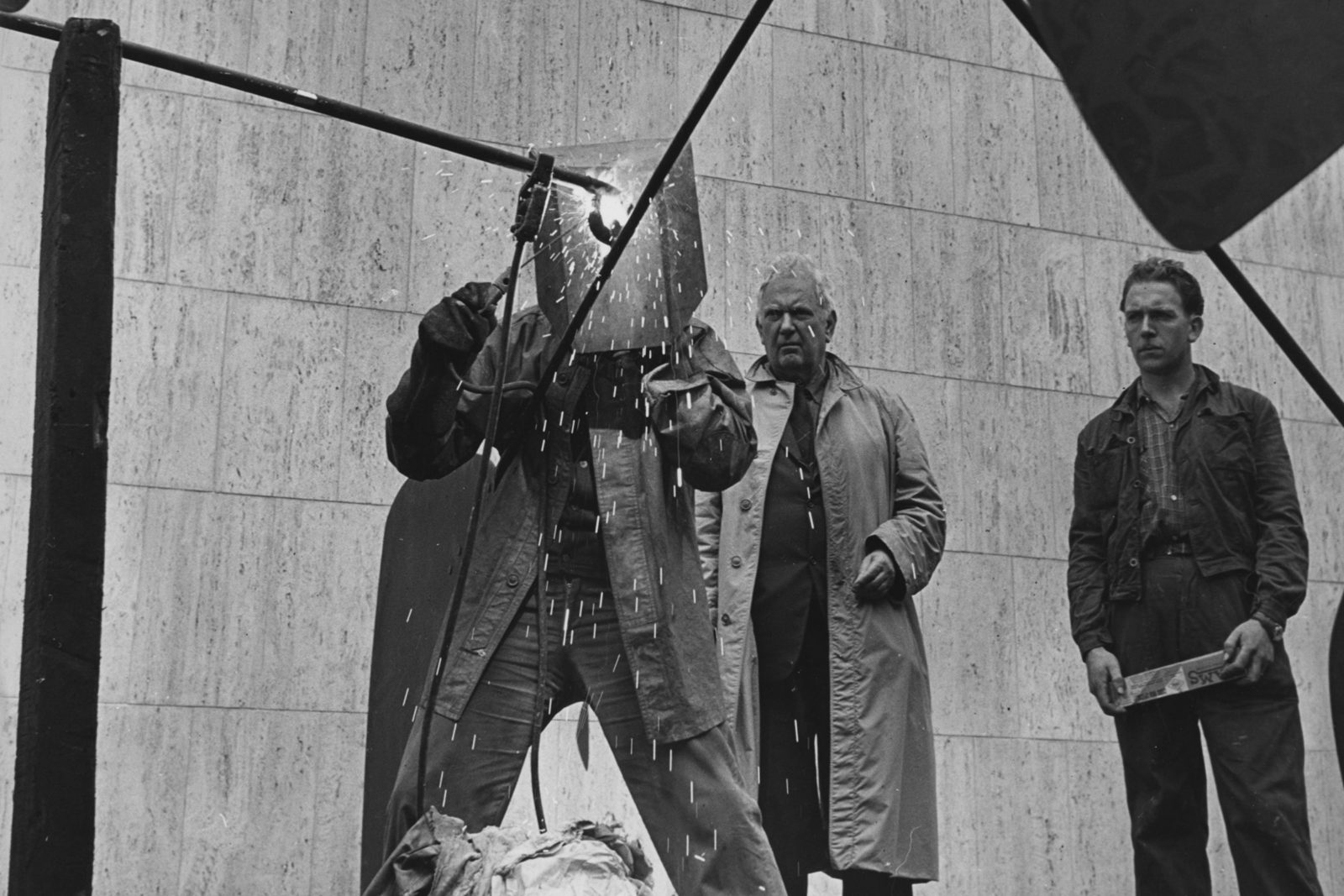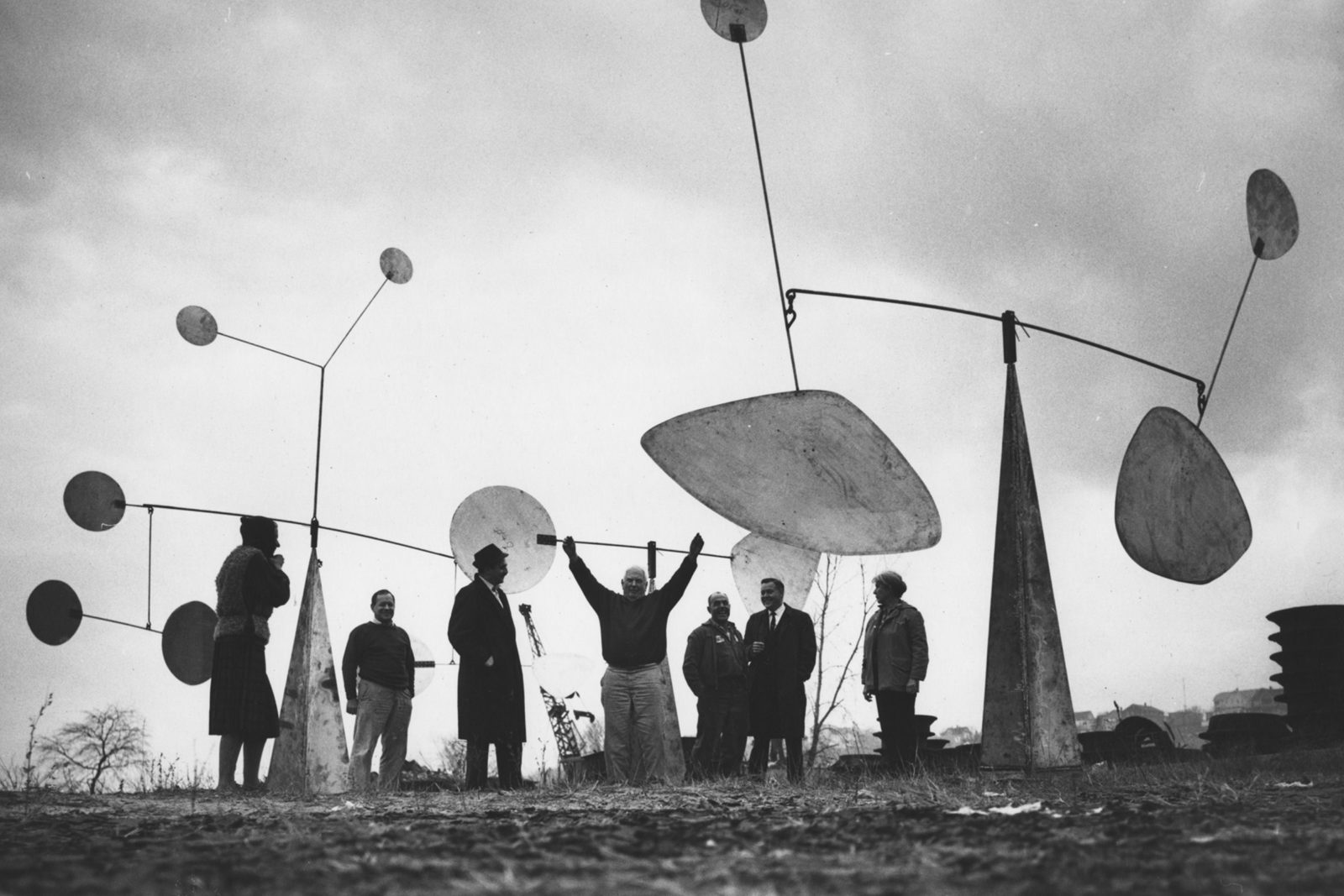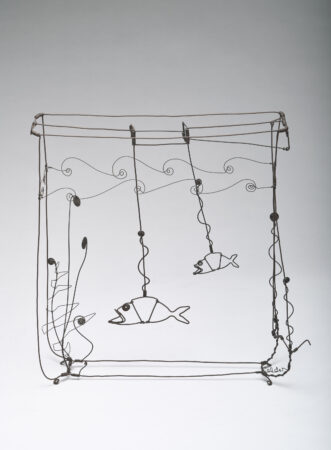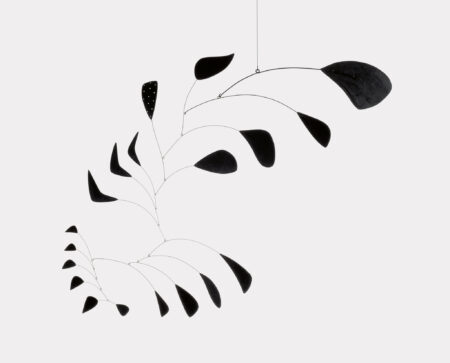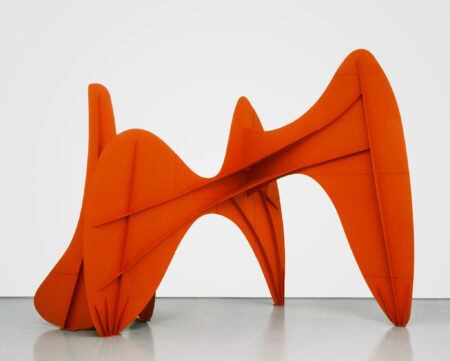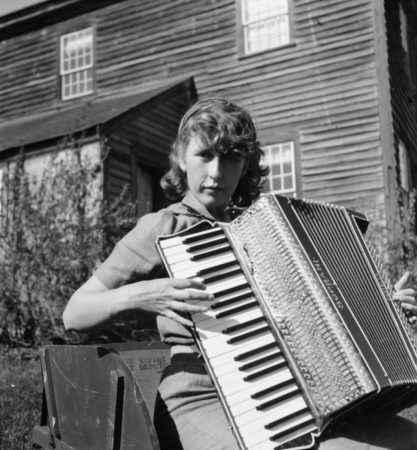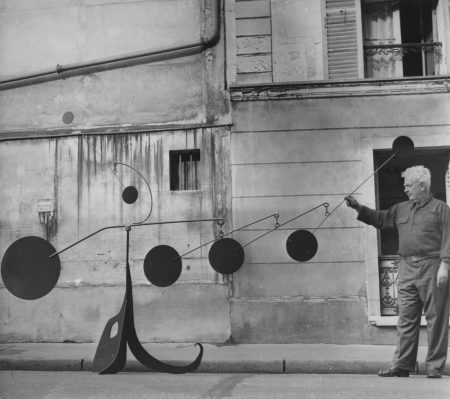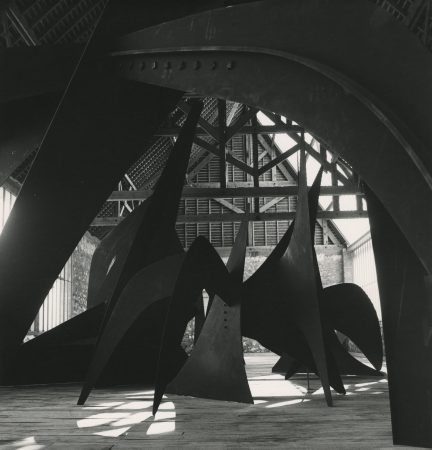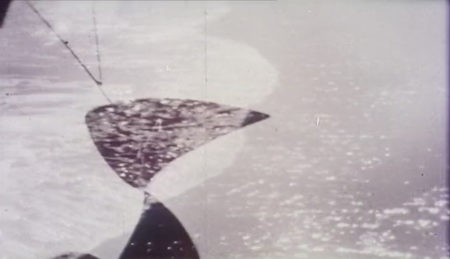
Works of Calder, 1950, by Herbert Matter
Watch film →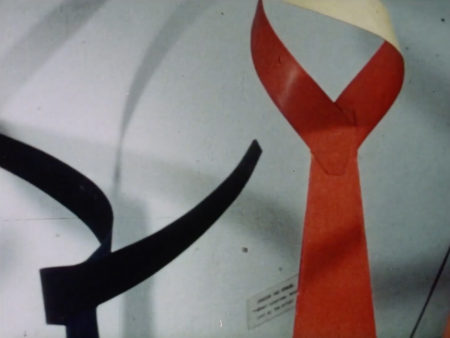
Alexander Calder: Sculpture and Constructions, 1944, by Herbert Matter
Watch film →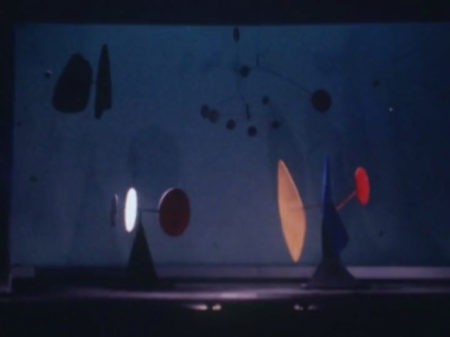
Work in Progress, 1968, by Giulio Gianini
Watch film →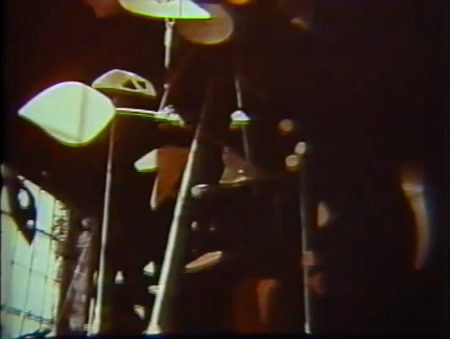
Alexander Calder: From the Circus to the Moon, 1963, by Hans Richter
Watch film →News
Calder Gardens is now open! Find out more.
Calder’s Life & Work
Introduction→
Read an illustrated biography of Calder.
Read an illustrated biography of Calder.
Read an illustrated biography of Calder.
Timelines→
Develop a deeper understanding of Calder by life period. In 1898–1925, the artist is encouraged from a young age to create and ultimately makes the pivotal decision to pursue art as a career.
Develop a deeper understanding of Calder by life period. In 1926–1930, the artist focuses on wire sculpture and creates his Cirque Calder in Paris.
Develop a deeper understanding of Calder by life period. In 1930–1936, the artist shifts to abstraction and originates the kinetic sculpture now known as the mobile.
Develop a deeper understanding of Calder by life period. In 1937–1945, the artist receives his first major commissions and retrospective exhibitions amid World War II.
Develop a deeper understanding of Calder by life period. In 1946–1952, the artist gains international distinction in the wake of the war with successful exhibitions in Europe and South America.
Develop a deeper understanding of Calder through by life period. In 1953–1962, the artist embarks on worldwide travels, resulting in an astonishing output and range of work.
Develop a deeper understanding of Calder by life period. In 1963–1976, the artist settles in France and focuses on monumental sculpture in his later years.
Archive→
Explore a wide-ranging selection of works, historical photographs, texts, ephemera, and other resources.
Explore a wide-ranging selection of works, historical photographs, texts, ephemera, and other resources.
On view
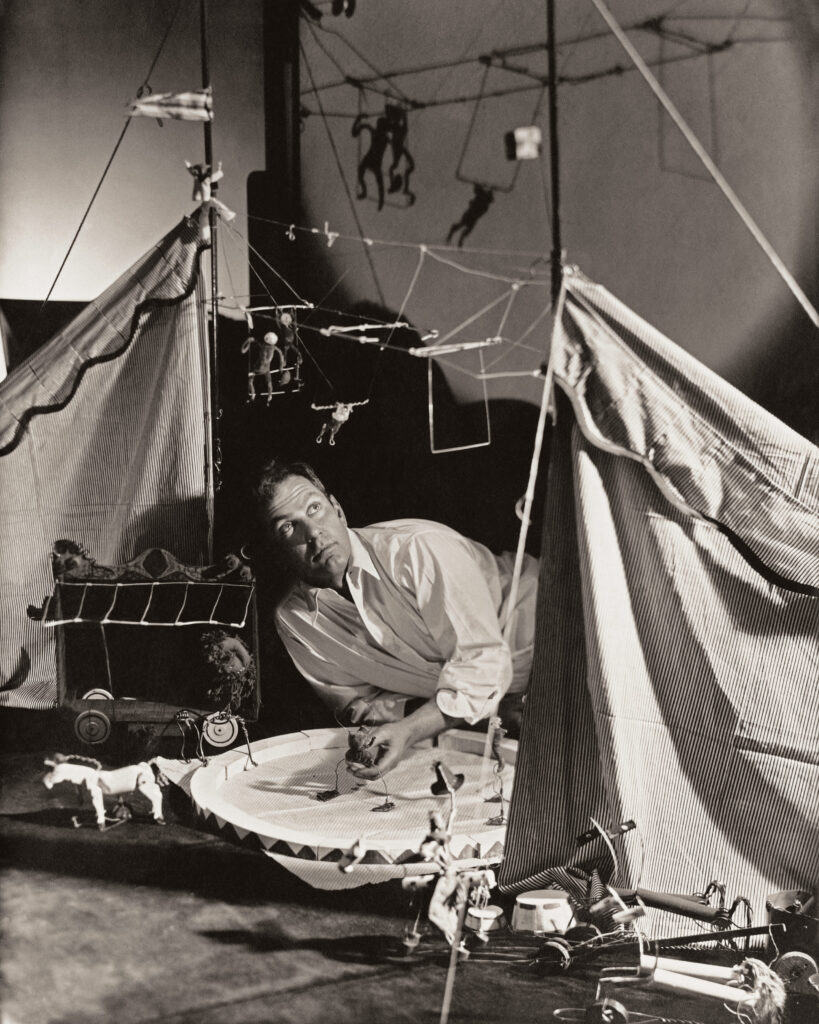
High Wire: Calder’s Circus at 100 at the Whitney Museum of American Art
Curated by Jennie Goldstein and Roxanne Smith, High Wire: Calder’s Circus at 100 celebrates the centennial of Calder’s iconic Cirque Calder. The artist began creating this complex, multiact body of performance art—a distillation of the natural circus fashioned from a spectrum of found materials—while living in Paris in 1926. High Wire brings together over 100 objects from the installation, along with more than thirty related works—several on loan from the Calder Foundation—including sculptures, drawings, paintings, archival materials, and film.
Calder Around the World
Use this interactive map to discover installations of monumental sculpture, notable public collections, and major current and upcoming exhibitions.
